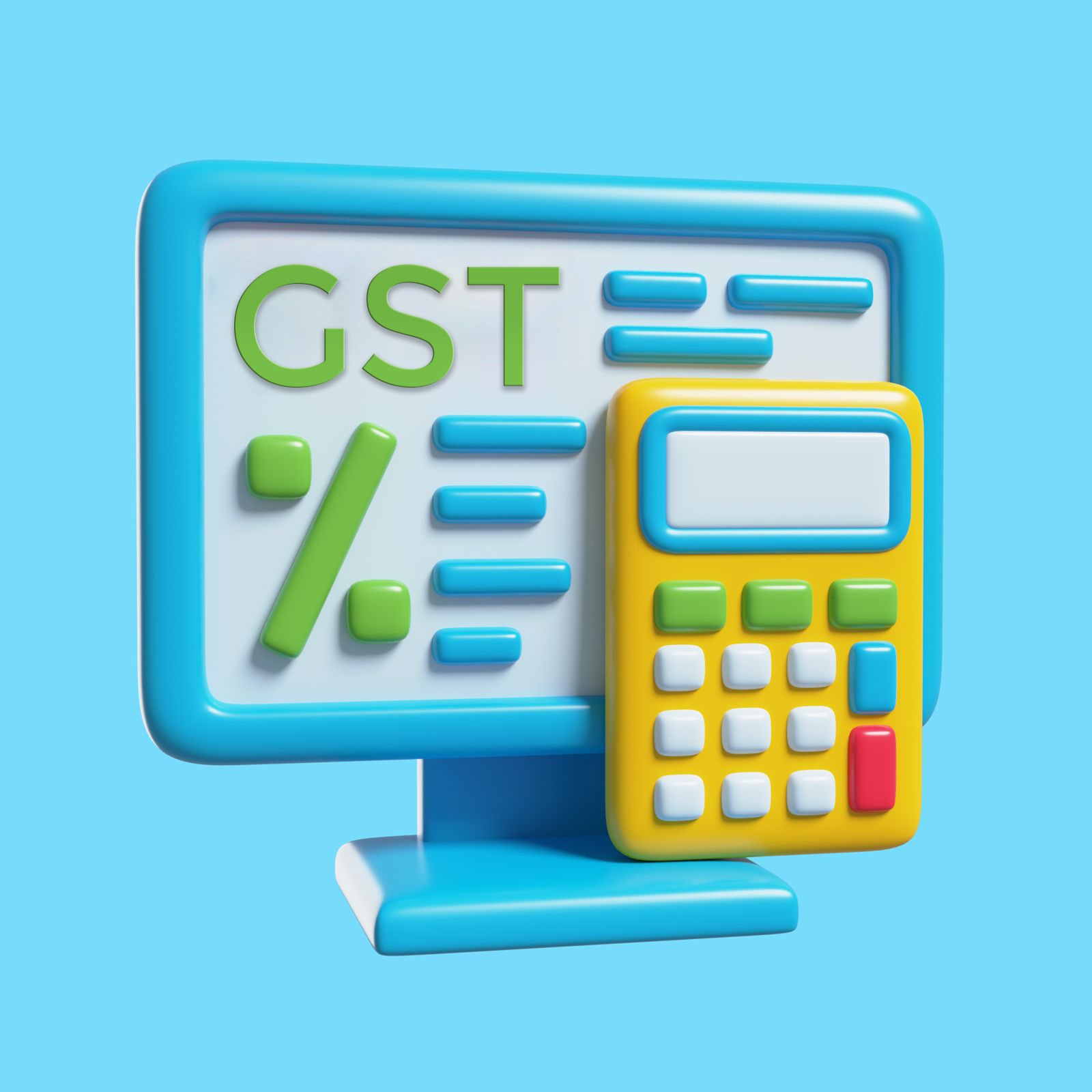

Simplifying GST: What It Means for Your Shopping and Bills
The Goods and Services Tax (GST) Council is preparing for major reforms that could reshape how much you pay for everyday items. The big idea is simplification—moving away from multiple slabs to a structure that is easier to follow, while also lowering the burden on consumers.
Current GST Structure
Today, GST is split into four main slabs: 5%, 12%, 18% and 28%. Essentials are either exempt or fall in the 5% bracket, while most household goods are taxed at 12% or 18%. High-value items like cars, electronics, and cement fall into the 28% slab.
This complex system often leads to confusion, higher compliance costs for businesses, and uneven tax burdens for consumers.
The Proposed Change
According to recent reports and discussions in the Group of Ministers (GoM):
- The government is considering a two-slab GST structure:
- 5% for essentials and daily-use goods
- 18% for most other items and services
- A separate 40% “sin and luxury” slab is being proposed for goods such as tobacco products, aerated drinks, and luxury cars.
At the same time, an analysis by the Bank of Baroda estimates that if these changes go through:
- Goods currently taxed at 12% may move down to 5%
- Goods in the 28% bracket may shift to 18%
This would directly benefit categories like packaged foods, household appliances, and insurance services.
What This Means for You
Here’s how the impact could look if reforms are approved:
| Item Category | Current GST | Possible New Rate | Effect on Your Pocket |
|---|---|---|---|
| Packaged food (milk products, sugar, biscuits) | 12% | 5% | Cheaper groceries |
| Electronics & Appliances (TV, fridge, AC) | 28% | 18% | Lower gadget prices |
| Cement & Paints | 28% | 18% | More affordable home renovation |
| Insurance Premiums | 18% | 18% (unchanged or minor cut) | Small savings possible |
| Luxury Cars, Tobacco, Aerated Drinks | 28% + cess | 40% | Higher costs |
The Challenges
Not everyone is on board. Many states are concerned about revenue losses, since GST is shared between the Centre and states. This could delay or dilute the changes if compensation is not guaranteed.
The Bottom Line
If GST is simplified to 5% and 18%, with a steep 40% rate for luxury/sin goods, consumers could see:
- Cheaper food and packaged items
- Lower appliance and renovation costs
- Small relief on services like insurance
But until the GST Council finalises the decision, the benefits remain on paper. For households already stretched by inflation, the upcoming Council meeting will be one to watch closely.










